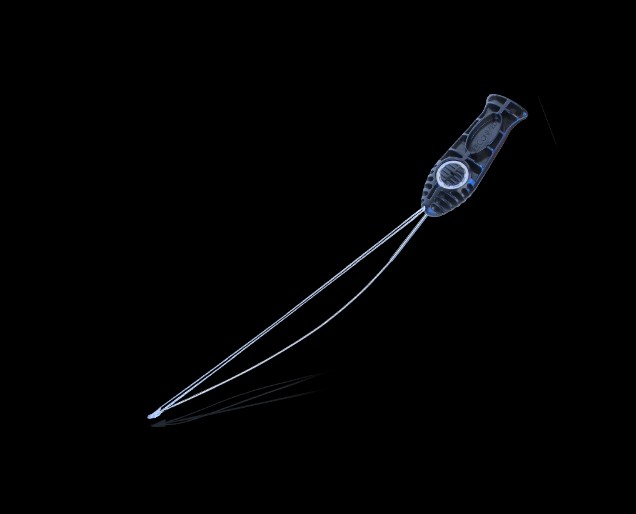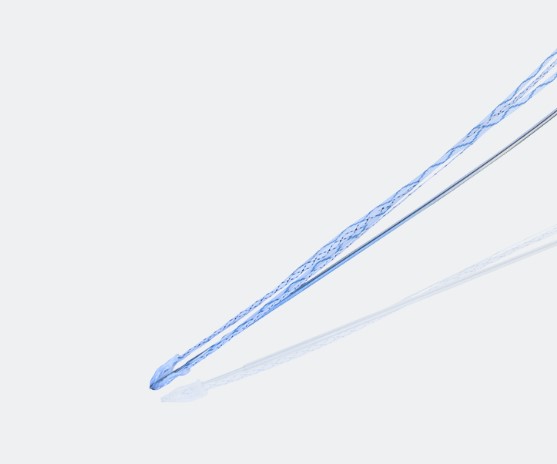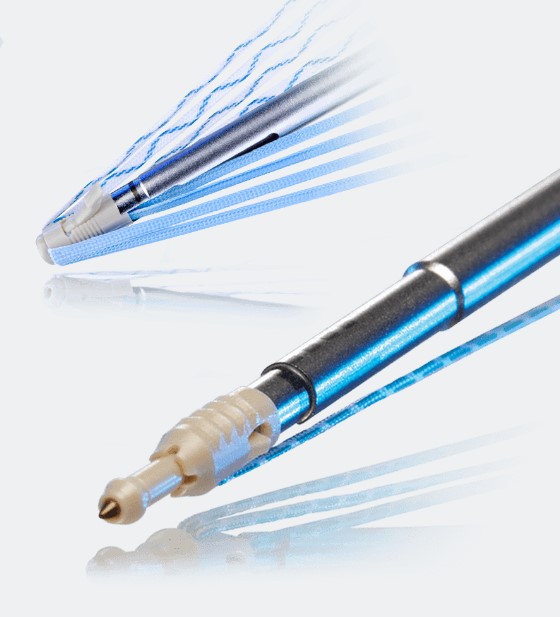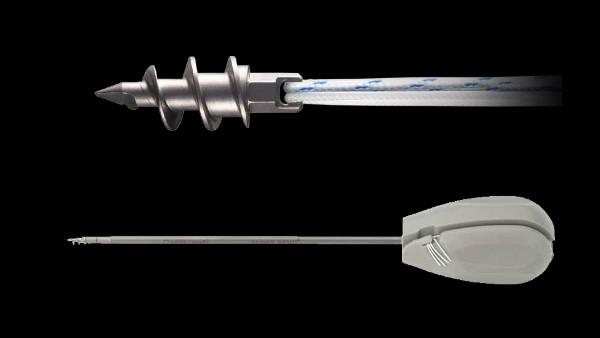Pasta Repair Surgical Technique-orthopaedic Solutions – Shoulder – Specialties – Shoulder Procedures-medical-equipment-south-africa

PASTA Repair
When faced with a repairable PASTA lesion (typically small tendon retraction and 40-50% footprint exposure), surgeons have two options: either complete the tear followed by a standard rotator cuff repair, or maintain the remaining bursal fibers and perform a transtendinous repair.
Studies have shown drawbacks to completing the tear, including creating a length tension mismatch1, changing the normal biomechanics of the cuff, and creating a greater potential for non-anatomic recreation.2 Conversely, comparing these two approaches has shown a transtendinous approach provides less statistically significant gapping, higher mean ultimate failure strength, and biomechanic superiority.2
A transtendon approach is a reliable procedure that can be expected to produce a good outcome with significant pain relief and improved shoulder scores in 98% of patients.3,4 Studies have shown that smaller anchors cause less damage to tendon tissue and suggest smaller anchors should be considered for transtendon procedures.5 CONMED’s Y-Knot® Flex All-Suture anchor provides distinct advantages for transtendinous PASTA repair techniques.
Y-Knot® PRO Flex All-Suture Anchor
With it’s small size and innovative instrumentation, the Y-Knot® Flex System was designed to help achieve optimal anchor placement.
Y-Knot® Flex anchors provide up to 55% greater fixation strength than conventional 3.0mm press fit anchors, while removing up to 80% less bone.1 The curved and percutaneous delivery systems enable delivery around a curve and perpendicular placement for various procedures in numerous joint spaces. The Y-Knot® PRO Flex features cleatless suture release technology. This eliminates the need for uncleating sutures after implanting the anchor by providing a more efficient delivery system.
Y-Knot® PRO Flex is available with Hi-Fi® Ribbon and #2 suture.
Hi-Fi® Ribbon is a 1.3mm wide, flat, tie-able tape. It’s 2X wider than #2 suture for broader compression and increased tendon-to-bone interface. Ribbon is also 14% stronger than high-strength USP #2 suture(2) and provides smaller knot stacks than USP #2 suture.(3)
#2 Hi-Fi® Suture is a braided, non-absorbable suture for soft tissue repair designed to provide exceptional strength for knot tying while helping minimize tendon damage. CONMED’s #2 Hi-Fi® Suture was shown to reduce mean cutting rate by over 50% when compared to FiberWire and FiberTape, which were more abrasive on the suture-tendon interface and led to higher tendon tear-through.(4)
1 Data on file. White Paper. Summary of Peer Reviewed Literature: Fixation Strength Comparison of 1.3mm Y-Knot All-Suture Anchor to Other Glenoid Anchors in Cortical Bone. M2013360.
2 Data on file: PDD1494993.
3 Data on file: TR17-01219.
4 Deranlot J, Maurel N, Diop A, Nourissat G, et al. Abrasive Properties of Braided Polyblend Sutures in Cuff Tendon Repair: An in Vitro Biomechanical Study Exploring Regular and Tape Sutures. Arthroscopy 2014; 30:1569-73.



PopLok® Knotless Suture Anchor
The all-PEEK PopLok® Knotless Suture Anchors provide reliable and reproducible tendon-to-bone fixation. The anchor’s innovative design allows surgeons to adjust suture tension once the anchor is seated in the pilot hole, offering maximum flexibility. A unique suture locking mechanism traps suture within the anchor, resulting in dependable fixation that is less dependent upon bone quality.
The 3.5/4.5mm anchor design features wings that are deployed subcortically to provide secure fixation in the bone. The 2.8/3.3mm anchors provide strength and reliability for instability repairs.
Super Revo® FT and ThRevo® FT Suture Anchor
The Super Revo® FT and ThRevo® FT anchors are easy-to-use, fully-threaded, self-punching, titanium suture anchors. Non-fully-threaded versions are also available.

Info Contact
| HEAD | OFFICE |
| Tel | +27 (11) 966 0600 |
| info@medhold.co.za | |
| Address | MSI Business Park, 68 Rigger Road, Spartan, Kempton Park, Gauteng, 1619 |

